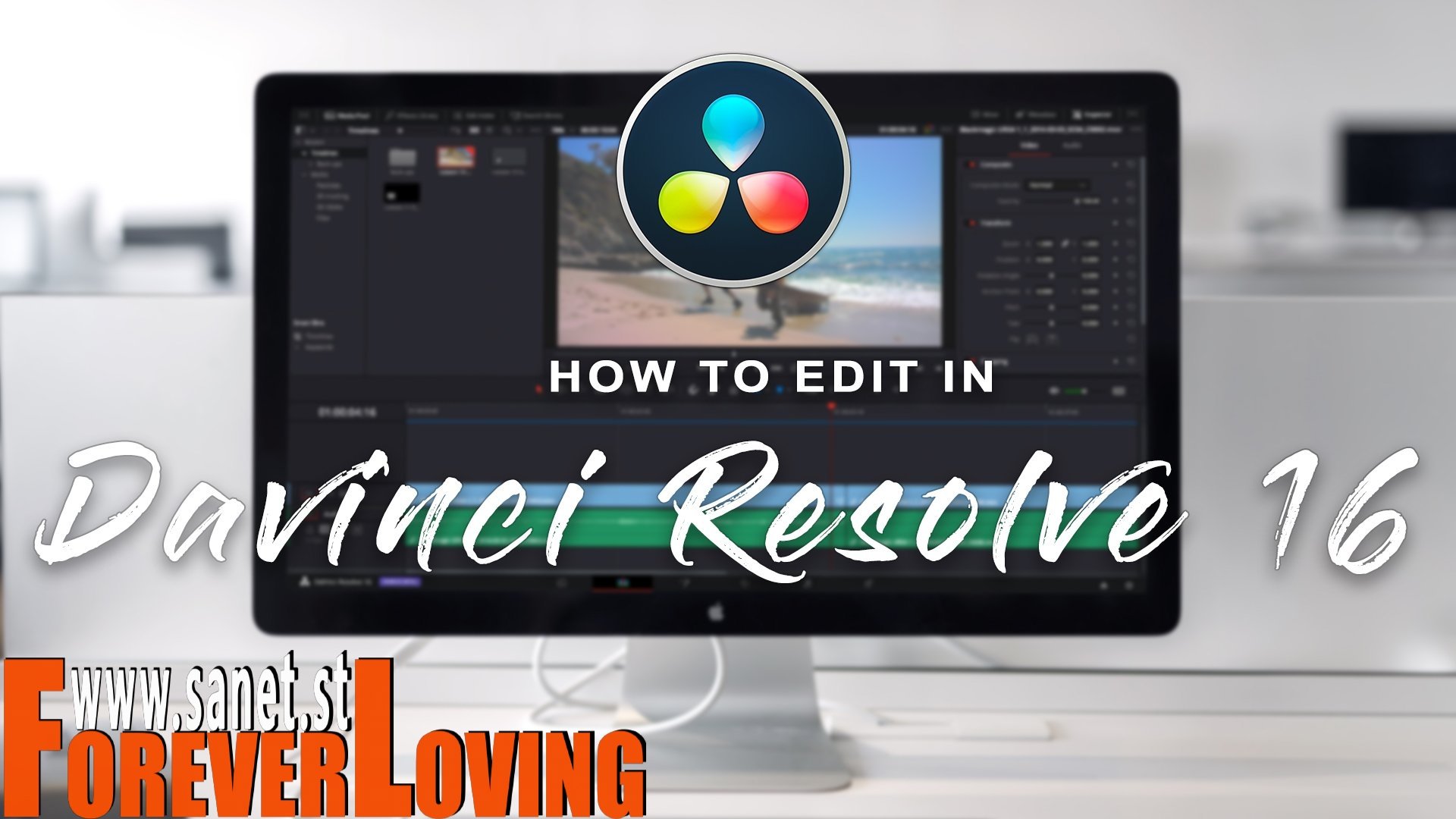

They give the colorist much more control than a 1D LUTs, so they are more commonly used.
.jpg)
3D LUT: A 3D LUT establishes color and luma in a 3d space, controlling hue, saturation, and brightness.

If you are in the market for a template today, we recommended Envato Elements as a starting point they have more than 1,300 video templates that are ready to download and use. The option that’s best for you depends on usage and ease of use. While this achieves the general goal of a LUT, it does not provide you with the level of control most editors and colorists would prefer. You can find DaVinci Resolve templates available for free or as paid add-ons. 1D LUT: This type of LUT is controlled by one value setting.For example, the LUT may convert from Log footage to Rec-709 footage, or it may even be a color grade that has already been created for the production. Viewing LUT: These are used typically on set so that the footage can be viewed closer to how it will appear in post, which gives a better representation of lighting, skin tones, etc.Calibration LUT: This type of LUT is applied to reference monitors to ensure uniform color from one monitor to the next. On macOS plugin runs only with DaVinci Resolve that is loaded from official website.Transformation LUT: This type of LUT converts footage from one color space to another.


 0 kommentar(er)
0 kommentar(er)
